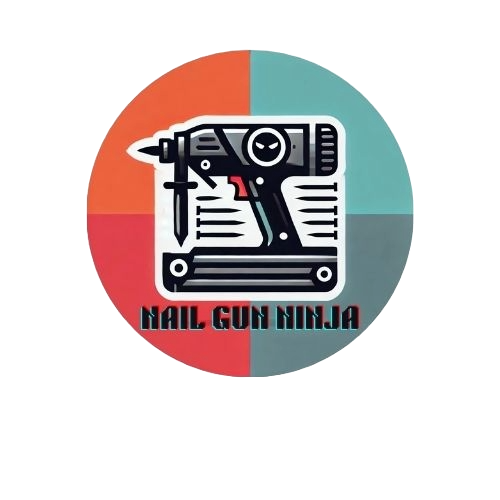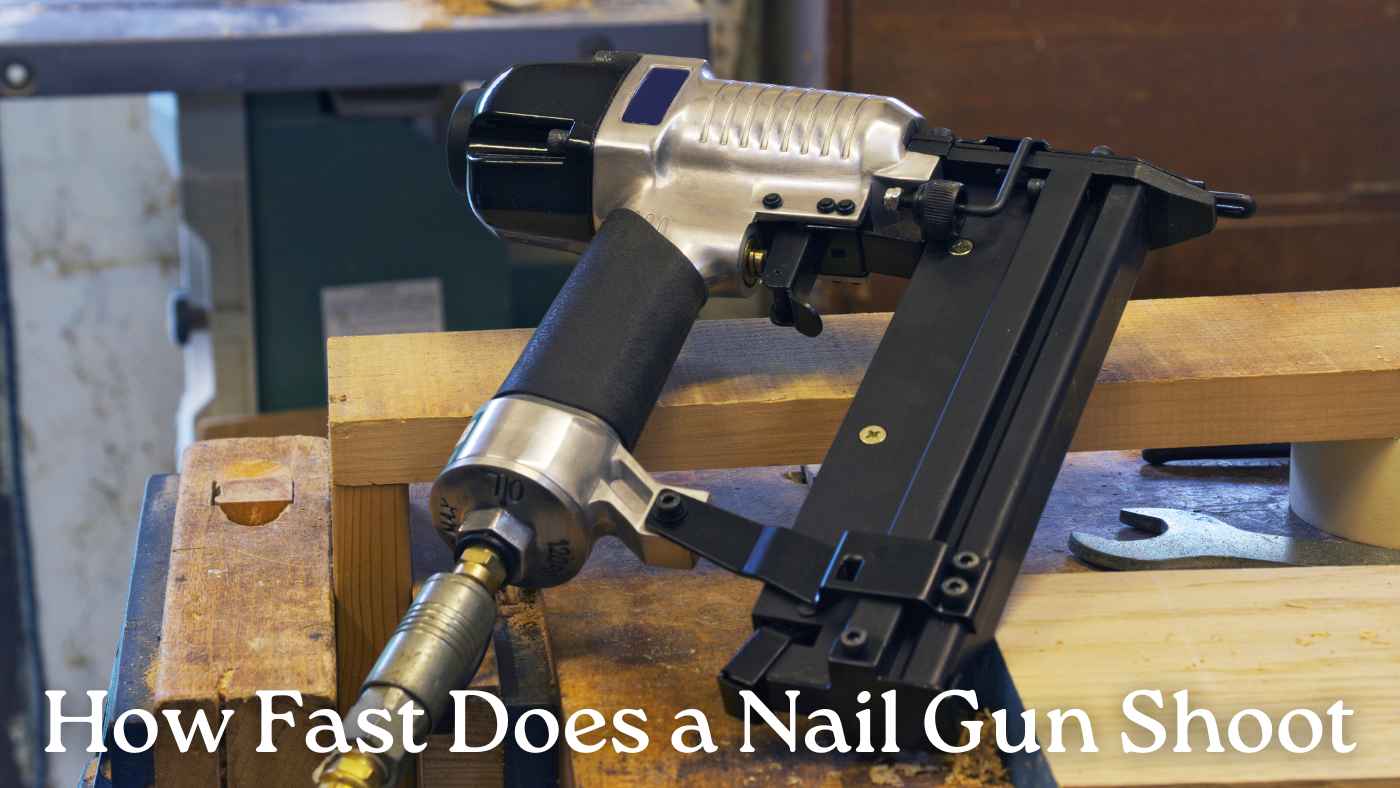Have you ever wondered, “How fast does a nail gun shoot?” The speed of a nail gun depends on its type and model. Pneumatic nail guns are the fastest nail guns as they are powered by air compressors.
They can fire nails at speeds between 1200 and 1400 feet per second (fps). In comparison, electric and cordless nail guns are more versatile but slightly slower. Their speed ranges between 900 to 1200 fps.
These differences in speed can greatly affect how efficient and accurate the tool is, as well as how well it suits specific projects.
Average Nail Gun Speeds Explained
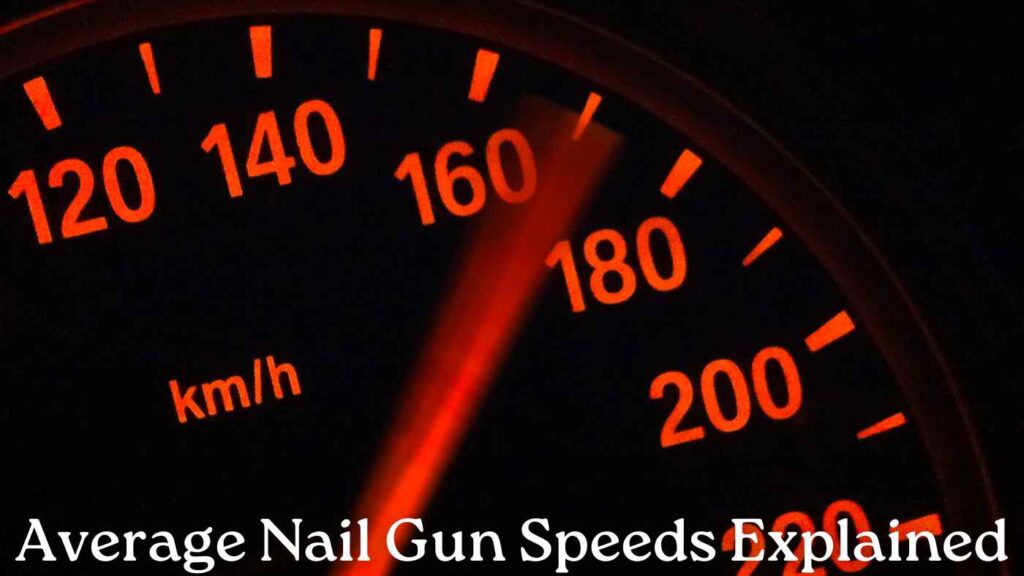
Pneumatic Nail Gun Speeds
Pneumatic nail guns are the fastest. They shoot nails at speeds up to 1400 feet per second (fps).
The air pressure inside the gun makes the nails shoot quickly and with power. This makes them great for heavy duty jobs.
Electric Nail Gun Speeds
Electric nail guns are slower than pneumatic models. They shoot nails at speeds between 1000 and 1200 fps.
Electric nail guns use a motor to push the nails. While they are reliable, they are not as fast as pneumatic guns.
Gas Powered Nail Gun Speeds
Gas powered nail guns shoot nails at speeds from 1200 to 1300 fps. These guns use a fuel cell and a spark to release energy. This helps them shoot nails quickly, close to the speed of pneumatic guns.
Cordless Nail Gun Speeds
Cordless nail guns are slower compared to other models. They shoot nails at speeds between 900 and 1100 fps.
These tools are portable and do not need to be plugged in, making them great for smaller jobs or areas with no power.
Framing Nail Gun Speeds
Framing nail guns are used for big construction projects. They can shoot nails at speeds from 1,200 to 1,400 fps. These guns are designed to drive large nails into tough materials like wood or concrete.
Finish Nail Gun Speeds
Finish nail guns and shoot smaller nails. They fire at speeds between 1000 and 1200 fps. These guns are perfect for detailed work like trim or cabinetry, where accuracy is more important than speed.
What Determines Nail Gun Speed?
The speed of a nail gun is not determined by a single factor. It depends on several elements, including the tool’s mechanism, type, and mode of operation.
Mechanism: Pneumatic, Electric, or Gas Powered
- Pneumatic Nail Guns: They are operated by compressed air which makes them incredibly fast and consistent. They are a top choice for handling large scale tasks where speed is crucial.
- Electric Nail Guns: Though slower than pneumatic options they are perfect for smaller jobs and provide excellent portability.
- Gas Powered Nail Guns: These rely on small gas canisters and a spark to fire nails. Their speed falls between pneumatic and electric models. They offer a good balance for various tasks.
Type of Nail Gun
The design and purpose of a nail gun also affect its speed:
- Framing Nailers: These are built for heavy duty work and can fire up to 12 nails per second.
- Brad Nailers: Designed for precise and delicate work. They shoot slightly slower but can still fire up to 10 nails per second.
Cycle Time & Firing Modes
- Sequential Firing: In this mode, you must press the trigger and nosepiece for every shot. It’s slower but offers greater accuracy and safety.
- Bump Firing: This mode lets you fire nails continuously as long as the trigger is held and the nosepiece touches the surface. It’s much faster but requires skill to use safely.
Air Pressure Settings
For pneumatic nail guns, air pressure has a big impact on speed. Higher pressure allows for quicker firing, but staying within the tool’s recommended range is essential to avoid damage.
Nail Gun Speed Based on Your Project
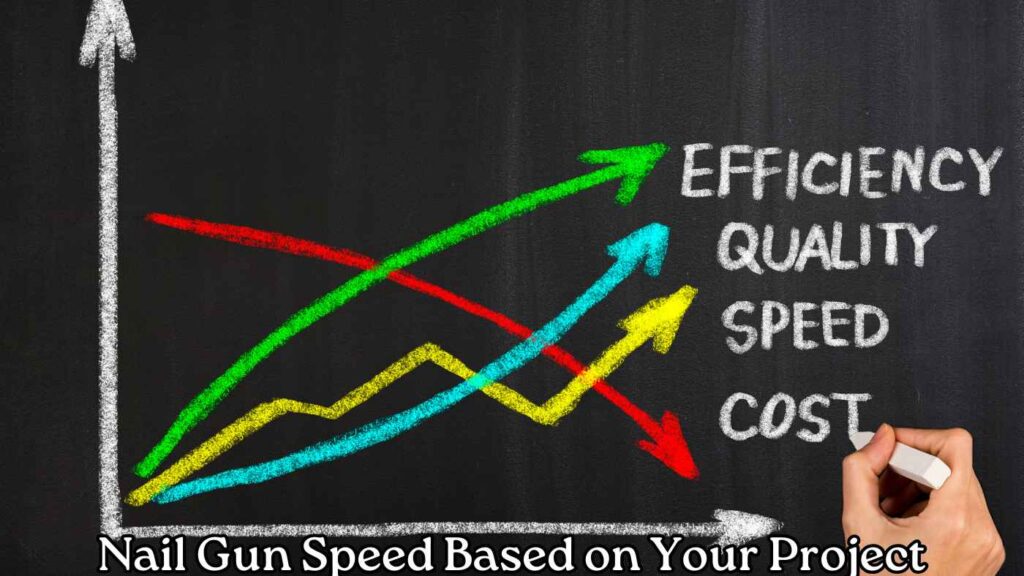
You can’t complete a heavy project successfully with a nail gun at a lower speed. Your project should match the nail gun power and speed both.
Here we have tried to justify how much speed is required in your nail gun for a specific project:
High Speed Nail Guns (1200–1400 fps)
High speed nail guns are often powered by compressed air (pneumatic models) and are built for heavy duty construction work. These tools can drive nails at speeds of up to 1400 feet per second. This speed ensures strong and deep penetration into tough materials.
Below are some common uses:
Framing & Structural Projects

- Framing involves thick and dense materials like 2x4s or engineered wood.
- A high speed pneumatic nail gun drives nails securely into the wood.
- It prevents them from bending or getting stuck.
- Examples: Building walls, assembling wooden frames, and constructing sheds.
Deck Construction
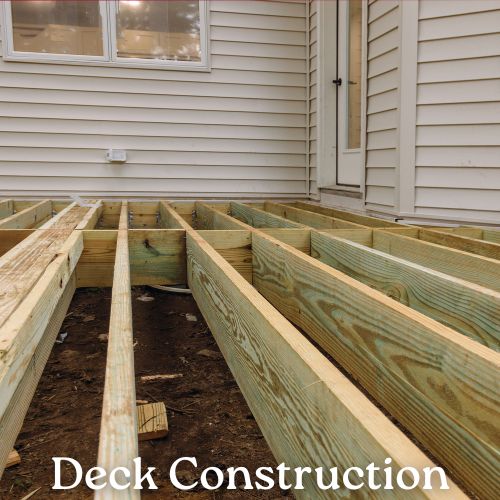
- Deck materials like pressure treated wood and composite boards need nails to be driven quickly to avoid splitting and maintain durability.
- Examples: Installing decking boards, building pergolas, and creating outdoor platforms.
Roofing
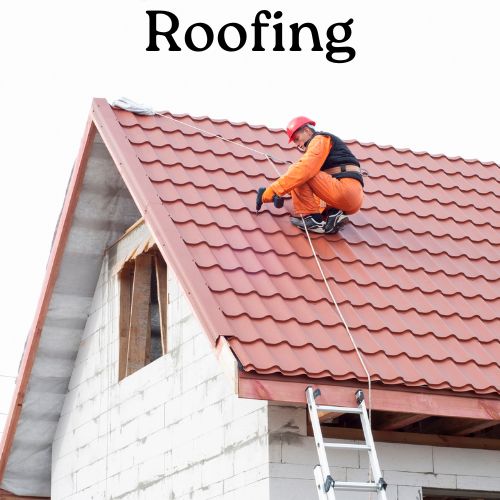
- Roofing requires securing shingles or tiles onto surfaces with multiple layers.
- A high speed nail gun ensures fast and firm penetration to make roofing projects more efficient.
- Examples: Nailing shingles, installing underlayment, and securing flashing.
Siding Installation
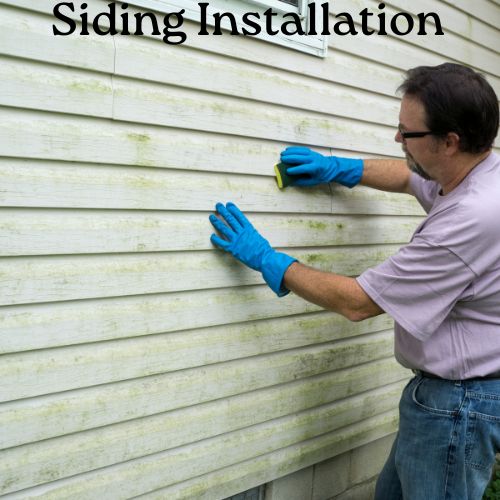
- Dense materials such as hardwood or fiber cement siding require powerful nailers to attach them securely without damaging the surface.
- Examples: Installing exterior fiber cement siding on residential and commercial buildings.
Medium Speed Nail Guns (900–1200 fps)
Medium speed nail guns, which are usually electric or cordless, offer a mix of power and precision. They work well for projects that need more control than raw force.
Trim and Finish Work

- Medium speed nailers prevent splitting delicate materials like molding or baseboards.
- The slower speed ensures a smooth finish and minimal damage to materials.
- Examples: Install crown molding, baseboards, chair rails, and door or window casings.
Cabinetry & Furniture Assembly
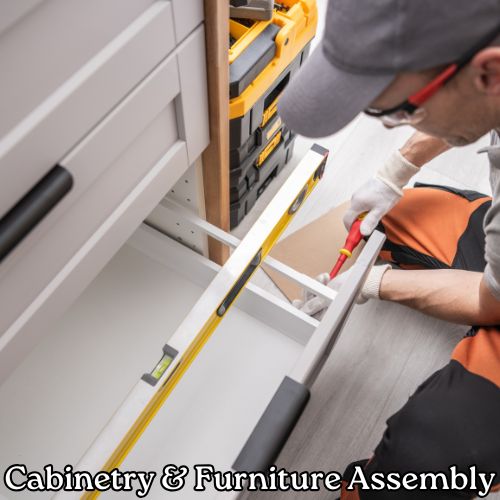
- Precision is critical when working on cabinets or furniture.
- Too much power can damage or split softwood.
- Medium speed nail guns come with perfect balance for clean and controlled nailing.
- Examples: Building custom cabinets, assembling lightweight furniture, and repairing wooden frames.
DIY & Home Projects

- For DIY tasks, lighter materials and mixed surfaces are common.
- Cordless nailers are portable and easy to use for home improvement tasks.
- For light home improvement tasks, medium speed is enough. High speed can crack the material.
- Examples: Hanging picture frames, making crafts, and installing lightweight paneling.
Low Speed Nail Guns (Below 900 fps)
Low speed nail guns are rare but can be found in older electric models or lightweight tools. These are not ideal for heavy duty tasks but can still be used for softwood and light duty nailing.
Applications
- Attaching delicate trim pieces.
- Securing fabric or upholstery to wood.
- Craft or hobbyist projects involving thin materials.
Staple Guns (Usually 40–120 fps)
Staple guns are used to drive staples into softer materials like fabric, insulation, or thin sheeting. They are slower than nail guns. Their speeds range from 40 to 120 feet per second. This range of speed is best for lighter and more delicate tasks.
Upholstery & Fabric Projects
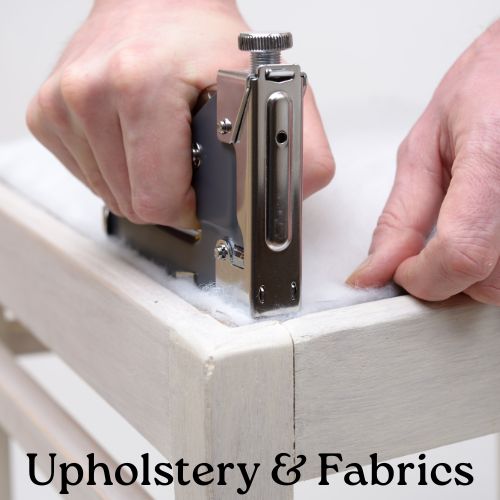
- Staple guns drive staples quickly and securely into wooden frames without harming the fabric.
- The slower speed helps ensure the staples go in deep enough to hold the fabric.
- Staples are not so speedy that they tear the material.
- Examples: Reupholstering furniture, securing fabric on wooden panels, and fastening fabric for craft projects.
Installing Insulation
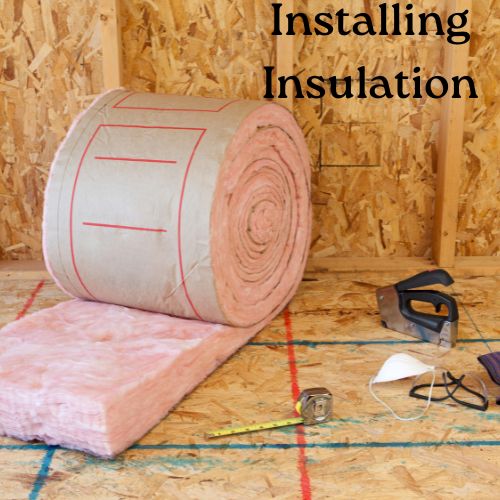
- Staple guns are often used to secure insulation to studs or beams.
- The slower speed allows for precise placement of the staples,
- By this speed range, staples can hold the insulation in place without causing damage.
- Examples: Installing batt insulation in walls, ceilings, or attics.
General Light Duty Work
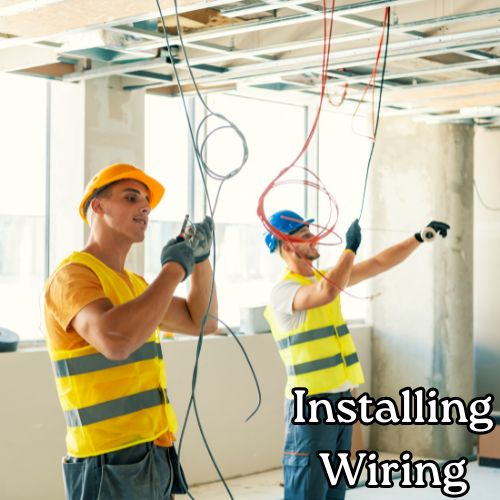
- Staple guns work well for lighter tasks because they operate at a slower speed. It offers them accuracy without causing harm to materials.
- Examples: Attaching thin materials, installing wiring, and working on delicate hobby projects at home.
Nail Gun Speed Based on Your Material
In the earlier section, we learned about the speed management of your nail gun based on the projects. Here, we will try to learn how a worker can match his nail gun speed based on the material used in the project.
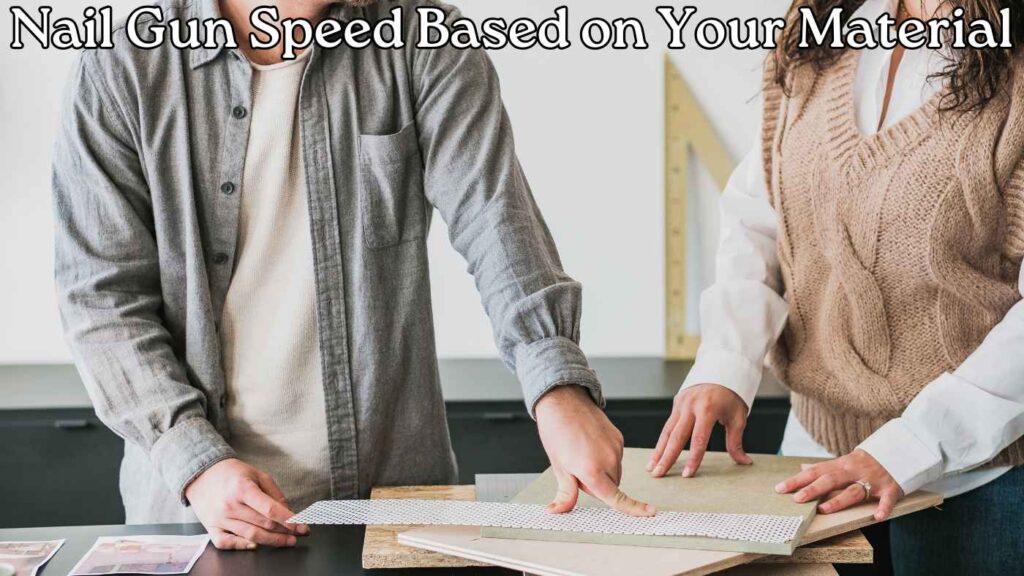
If you are working with a softer material but you have chosen a high speed nail gun, it will cause material crack or damage. As a result, your project budget might be increased.
Therefore, choosing the right nail gun based on your material is essential to get the best output. Hopefully, it will be helpful to protect your material while working on progress.
Here’s a simple guide based on specific materials:
High Speed Nail Guns (1200–1400 fps)
- Hardwoods (Oak, Maple): High speed nail guns can drive nails deep without bending.
- Engineered Lumber (Plywood, MDF): Perfect for fastening thick materials securely.
- Pressure Treated Wood: Ideal for decking to ensure nails penetrate without splitting.
- Roofing Materials (Shingles, Underlayment): Nails go through layers of roofing material quickly and efficiently.
Medium Speed Nail Guns (900–1200 fps)
- Softwoods (Pine, Cedar): Enough power to fasten materials without splitting.
- Trim (Baseboards, Crown Molding): Provides control for clean nailing without leaving marks.
- Cabinetry and Furniture: Ideal for precise nailing when assembling furniture.
Low Speed Nail Guns (Below 900 fps)
- Small Trim Pieces: Great for delicate trim work like chair rails.
- Upholstery: Safely fastens fabric to wooden frames.
- Craft Projects: Perfect for light materials like cardboard or paper.
Staple Guns (40–120 fps)
- Fabric and Upholstery: Quickly and securely fasten fabric to wood.
- Insulation: Ideal for attaching insulation to walls without causing damage.
How to Test Nail Gun Speed at Home
Set Up a Safe Testing Area
Before you test your nail gun, make sure you have a safe place. Set up a strong workbench or surface to test the tool. Clear the area of obstacles and people. Always wear safety goggles and gloves for protection.
Use a Measuring Tape or Ruler
To measure the nail speed, use a measuring tape or ruler. Mark a distance, like 5 feet or 1 meter, from where you will fire the nail. This helps you see how far the nail travels in a set amount of time.
Choose the Right Material for Testing
Pick a material that is easy for the nail to go into. Softwood or plywood works well. Hard materials, like concrete, may not give an accurate result because they slow down the nail, no matter the speed of the gun.
Time the Nail’s Travel Distance
To measure how fast the nail travels, you need a stopwatch or timer. Fire a nail at the marked distance such as 5 feet and start timing right away. Measure how long it takes the nail to hit the material.
Calculate Nail Speed Using the Formula
Use the formula to find the nail speed:
Speed = Distance / Time.
For example, if the nail travels 5 feet in 0.2 seconds, the speed will be:
Speed = 5 feet / 0.2 seconds = 25 feet per second (fps).
Repeat the Test for Accuracy
Do the test several times for more accurate results. Different nails or conditions (like air pressure) can affect the speed. Repeating the test will help you get a better average speed.
Compare with Manufacturer Specifications
After testing, check your results against the speed the manufacturer claims for the nail gun.
Keep in mind that real world conditions, such as the type of nails and material, may cause small differences in the speed compared to lab tests.
Test at Different Air Pressures (for Pneumatic Models)
If you are using a pneumatic nail gun, test the speed at different PSI settings. A higher PSI usually makes the nail go faster.
But make sure to stay within the manufacturer’s recommended range to avoid damaging the tool.
Factors That Affect Nail Gun Speed
There are some factors that might affect nail gun speed. We have to keep in mind that, all nail guns are not the same at all.
Here are some common factors:
Brand & Quality of the Nail Gun
Well known brands usually offer better performance and faster firing compared to cheaper models. Choosing a high quality nail gun can make a big difference in speed and consistency.
Type & Size of Nails
Using larger nails or specialized ones might slow down the process slightly compared to smaller nails. Always ensure your nail gun works with the right nail size you need for your project.
Proper Maintenance & Lubrication
Keeping your nail gun clean and well oiled helps it run smoothly. Regular maintenance also prevents jams, to reduce the firing speed.
Weather & Environmental Factors
Pneumatic nail guns can be affected by the weather. For example, cold temperatures can lower the efficiency of an air compressor, which might slow down how quickly the nail gun works.
Common Misconceptions About Nail Gun Speed
There are some common misconceptions among nail gun users regarding their speed and power. We have to avoid these misconceptions and should be attentive to our work.
If any misconceptions come in front of us, we should not spread it like a rumor. First, we will justify the topic. with our expertise and wisdom. If it is not possible, then we will take lessons from the experts.
Here are some common misconceptions about nail gun speed to remember always:
Faster Speed Always Means Better Performance
High-speed nail guns are good for some jobs, but not always the best. Speed doesn’t always mean better results.
For tasks that need accuracy, a slower nail gun might work better. It can help place nails correctly and avoid damage to the material.
All Nail Guns Have the Same Speed
Not every nail gun fires at the same speed. Pneumatic guns can shoot nails at 1400 feet per second (fps), while electric and cordless guns shoot at 900 to 1100 fps.
The speed of a nail gun depends on the type and what it is designed to do.
More Speed Means More Power
Speed does not always mean more power. A faster nail gun doesn’t always drive nails as deep as a slower one.
Sometimes, a slower gun may have more force, which is better for tough materials. The right nail gun depends on the task and material.
Nail Gun Speed Doesn’t Affect Safety
Faster nail guns can be more dangerous if used wrongly. With more speed, the chance of accidents or misfires increases.
It is important to use safety precautions and handle the tool properly to avoid harm.
All Materials Are Impacted the Same by Nail Gun Speed
Nail gun speed is affected by the material you are working with. Harder materials like concrete or steel slow the nail down, no matter how fast the nail gun is. Softer materials let nails penetrate faster and more easily.
You Can Increase Speed by Using Higher PSI
Higher PSI can make a pneumatic nail gun more powerful, but it doesn’t always make it faster.
Higher pressure can push nails deeper, which might not be what you want for some jobs. Over pressurizing can also damage the tool.
Nail Gun Speed is Only About the Tool
Nail gun speed depends on more than just the tool. The type of nails, air pressure for pneumatic guns, and how the user holds the gun can all affect how fast the nails are fired.
The tool’s speed also depends on how it is used and the conditions.
Faster Nail Guns Are Always More Expensive
Faster nail guns are not always more expensive. Pneumatic guns, which are fast, can cost more than electric guns.
But some electric and gas-powered nail guns can also be fast without being expensive. The price depends on the features and the brand.
Conclusion
In conclusion, nail gun speed plays a big role in how quickly and efficiently you can complete a project.
Different types of nail guns shoot at different speeds. Pneumatic guns are the fastest, while electric and cordless models are a bit slower.
The right nail gun for your task depends on the materials and the level of precision needed. It is important to use the correct settings and maintain your tool to ensure it works properly.
FAQs
1. Can I adjust the speed of my nail gun?
Ans: Yes, some nail guns allow you to change the speed. You can adjust settings like firing mode or air pressure. Pneumatic models let you change the PSI to make the nail gun faster or slower.
2. Do faster nail guns cause more accidents?
Ans: Yes, faster nail guns can be more dangerous if you don’t use them carefully. Always follow safety rules, wear protective gear, and use the tool the right way to reduce the risk of accidents.
3. Does higher speed mean more power?
Ans: Not always. Faster nail guns shoot quickly, but they don’t always have more driving power. Some slower models can push nails deeper into harder materials.
